Stapylton Field
WW Board
contact
where?
home
museum
contributors
former staff
editlog
Vic's notes
hot threads
All threads MAIN MESSAGE BOARD Number list
< Thread 30 Thread 31 (21 replies so far) Thread 32 >
< Thread 30 Thread 31 (21 replies so far) Thread 32 >
Replies 1-20
reply 21 >
ORIGINAL MESSAGE
NAME: David HooperDATE: 16 January 2008
CONNECTION WITH QE: Pupil 1952 - 59
Memories more positive than negative, not many memories of good teaching. Being lined up in the gym to be weighed naked at the beginning of each term, the red swimming slips, the traipse to Galley Lane, school on Saturday mornings all made me the fine upstanding citizen I am today!! However Kelvin Hopkins, John Witton-Dauris, Ferd Fitt, Bev Newman and others still meet up occasionally.
NAME: Alan Vincent 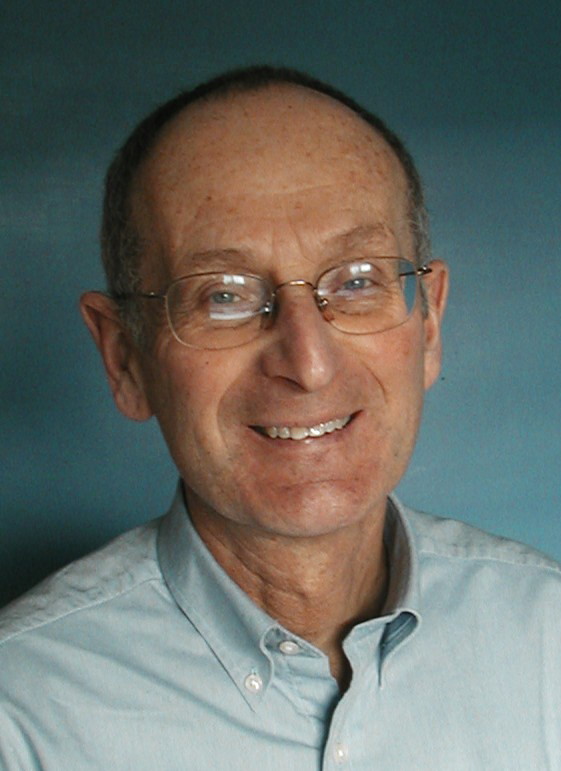
DATE: 04 February 2012
CONNECTION WITH QE: Pupil 1952 - 60
Yes, the dreaded red slips. One of the greatest things my mother did was to teach me to swim in the summer hols before I started at QE. Thus almost seamless graduation into grown up, blue trunks. The group Drape Hooper mentions was largely the jazzers, with some crossover to Lyonsdown FC. Others who escaped from QE on Sunday mornings to play the beautiful game included Dave Every, Geoff Smith, John Highley, Will Guy, Pete Bolton, George Neville et al.

DATE: 04 February 2012
CONNECTION WITH QE: Pupil 1952 - 60
Yes, the dreaded red slips. One of the greatest things my mother did was to teach me to swim in the summer hols before I started at QE. Thus almost seamless graduation into grown up, blue trunks. The group Drape Hooper mentions was largely the jazzers, with some crossover to Lyonsdown FC. Others who escaped from QE on Sunday mornings to play the beautiful game included Dave Every, Geoff Smith, John Highley, Will Guy, Pete Bolton, George Neville et al.
NAME: David Hooper
DATE: 06 February 2012
CONNECTION WITH QE: Student 1952-59
Nice to see you're still around, Alan. John W-D is the network hub, and is still in regular contact wit Dave Every, Pete Bolton and a few others of us who played football when it was a real game, and not merely a business proposition.
DATE: 06 February 2012
CONNECTION WITH QE: Student 1952-59
Nice to see you're still around, Alan. John W-D is the network hub, and is still in regular contact wit Dave Every, Pete Bolton and a few others of us who played football when it was a real game, and not merely a business proposition.
NAME: David Hooper
DATE: 16 August 2013
CONNECTION WITH QE: Student 1952-59
I am now working with VSO at a hospital in central rural Tanzania. I have just heard the very sad news that Ferd Fitt [see original message] has recently died. I know no more than this.
DATE: 16 August 2013
CONNECTION WITH QE: Student 1952-59
I am now working with VSO at a hospital in central rural Tanzania. I have just heard the very sad news that Ferd Fitt [see original message] has recently died. I know no more than this.
NAME: Alan Vincent 
DATE: 19 August 2013
CONNECTION WITH QE: Pupil 1952 - 60
That's sad news indeed. Ferd was one of the good guys for me at QE, as well as being a sharp dresser. Good soccer player too.

DATE: 19 August 2013
CONNECTION WITH QE: Pupil 1952 - 60
That's sad news indeed. Ferd was one of the good guys for me at QE, as well as being a sharp dresser. Good soccer player too.
NAME: Malcolm Walton 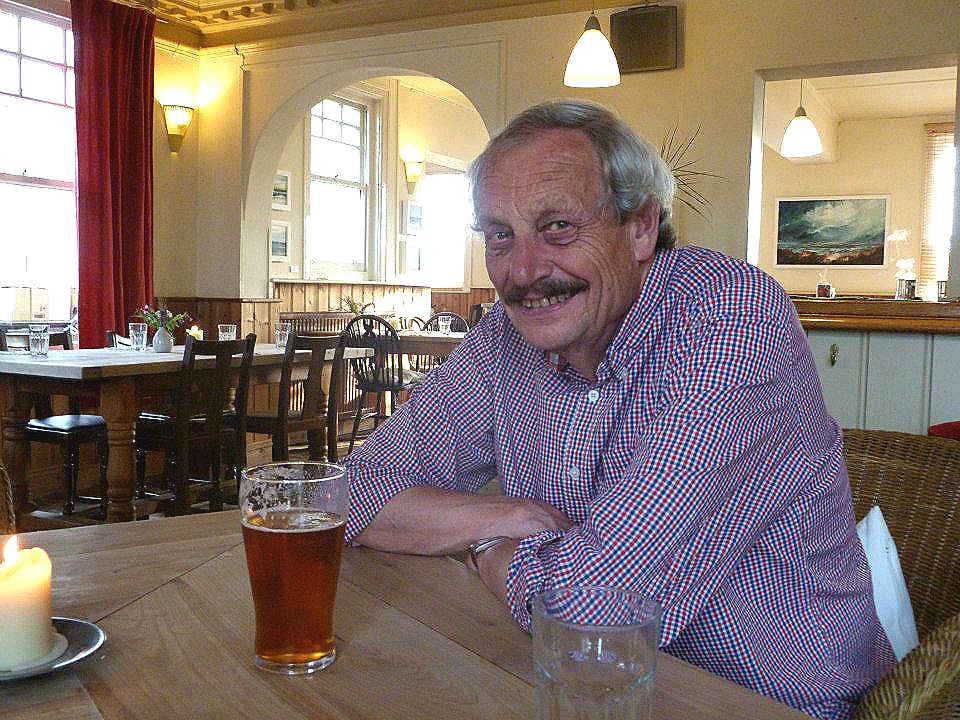
DATE: 03 September 2013
CONNECTION WITH QE: Pupil 1953 - 59
I have only just discovered this wonderful website and, amazingly, found myself in the 1954 Broughton House Photo! Very sad news about Ferd Fitt. He was in the San Jacinto Stompers, a Jazz band run by Kelvin Hopkins. I have a photograph of the band playing at a Hobbies Day evening in one of the classrooms; probably in 1958. I played in another Jazz Band at that time and Ferd became our drummer for a while in the early 1960s. Then I met up with him at Lloyds Bank Training Centre in Hindhead and that was probably the last time I saw him. However my Mother, who is 97, lives just round the corner from where he lived in Welwyn and had mentioned him to me quite recently.

DATE: 03 September 2013
CONNECTION WITH QE: Pupil 1953 - 59
I have only just discovered this wonderful website and, amazingly, found myself in the 1954 Broughton House Photo! Very sad news about Ferd Fitt. He was in the San Jacinto Stompers, a Jazz band run by Kelvin Hopkins. I have a photograph of the band playing at a Hobbies Day evening in one of the classrooms; probably in 1958. I played in another Jazz Band at that time and Ferd became our drummer for a while in the early 1960s. Then I met up with him at Lloyds Bank Training Centre in Hindhead and that was probably the last time I saw him. However my Mother, who is 97, lives just round the corner from where he lived in Welwyn and had mentioned him to me quite recently.
NAME: Paul Fitt
DATE: 03 March 2014
CONNECTION WITH QE: Ferd Fitt
Just found your site while going through some of the many bits of paper my father kept and I thought that I would search for one of the band names I found. Thanks for the photo you posted. Ferd Fitt passed suddenly away on August the 2nd 2013. He is buried it Ayot St Peter's Church, near Welwyn, with his late wife Ann.
DATE: 03 March 2014
CONNECTION WITH QE: Ferd Fitt
Just found your site while going through some of the many bits of paper my father kept and I thought that I would search for one of the band names I found. Thanks for the photo you posted. Ferd Fitt passed suddenly away on August the 2nd 2013. He is buried it Ayot St Peter's Church, near Welwyn, with his late wife Ann.
NAME: Steven Fitt
DATE: 03 March 2014
CONNECTION WITH QE: Ferd Fitt
Good to see Dad enjoying what he always did and to read the comments. Always had an eye for the right thing to wear. If you are ever passing he is buried at Ayot St Peter's.
DATE: 03 March 2014
CONNECTION WITH QE: Ferd Fitt
Good to see Dad enjoying what he always did and to read the comments. Always had an eye for the right thing to wear. If you are ever passing he is buried at Ayot St Peter's.
NAME: James (Jas) Cowen 
.jpg) Then & Now
Then & Now
DATE: 10 March 2014
CONNECTION WITH QE: pupil 56-63
Though I have resided in Wiltshire for the last 27 years I remember well Ayot St Lawrence, the address once of Bernard Shaw. We used to have lovely family walks round there. Maybe we will in the future, with both my sons still living in Hertfordshire. If so I will pay my respects to Ferd in the graveyard, though a man at the school years before me. He seemed a fine chap from the reports.

.jpg) Then & Now
Then & NowDATE: 10 March 2014
CONNECTION WITH QE: pupil 56-63
Though I have resided in Wiltshire for the last 27 years I remember well Ayot St Lawrence, the address once of Bernard Shaw. We used to have lovely family walks round there. Maybe we will in the future, with both my sons still living in Hertfordshire. If so I will pay my respects to Ferd in the graveyard, though a man at the school years before me. He seemed a fine chap from the reports.
NAME: James (Jas) Cowen 
.jpg) Then & Now
Then & Now
DATE: 19 March 2014
CONNECTION WITH QE: pupil 56-63
Talk of graveyards reminds me of my last visit to Borehamwood, where I visited the graveyard besides the Anglican church in Shenley Road, i.e All Saints. There my maternal grandma Eveline Roberts and mum Kath Evelyn Cowen are buried. There is also a plaque to my Uncle Don Roberts and Auntie Ella in the centre as a memorial to them. I find it sad that the whole area is in such a dilapidated state and wish there were some local volunteers who could do some maintenance. Of course burials there ended many years ago when I still lived there and the new cemetry was opened near Elstree. I used to run by there on the footpath much to the horror of my Auntie Ella, who thought graveyards were a little creepy to go to or pass at night. Our local church's graveyard at St James's is well maintained but burials have still occured there until fairly recently. There is a new one by the allotments now but a mere few years old.
In regard to memorials to the dead, in Ludgershall we have a war memorial in front of our house. It says on it in memory of those who fell in the Great War 1914-19. I always thought from past recollection that the Great War was 1914-18, ending at the Armistice in November 1918, as remembered in services since, but on querying it with the local council secretary was informed there was still fighting in the Near East in 1919 and one of Ludgershall's men died then. Are there similar stories on memorials elsewhere?

.jpg) Then & Now
Then & NowDATE: 19 March 2014
CONNECTION WITH QE: pupil 56-63
Talk of graveyards reminds me of my last visit to Borehamwood, where I visited the graveyard besides the Anglican church in Shenley Road, i.e All Saints. There my maternal grandma Eveline Roberts and mum Kath Evelyn Cowen are buried. There is also a plaque to my Uncle Don Roberts and Auntie Ella in the centre as a memorial to them. I find it sad that the whole area is in such a dilapidated state and wish there were some local volunteers who could do some maintenance. Of course burials there ended many years ago when I still lived there and the new cemetry was opened near Elstree. I used to run by there on the footpath much to the horror of my Auntie Ella, who thought graveyards were a little creepy to go to or pass at night. Our local church's graveyard at St James's is well maintained but burials have still occured there until fairly recently. There is a new one by the allotments now but a mere few years old.
In regard to memorials to the dead, in Ludgershall we have a war memorial in front of our house. It says on it in memory of those who fell in the Great War 1914-19. I always thought from past recollection that the Great War was 1914-18, ending at the Armistice in November 1918, as remembered in services since, but on querying it with the local council secretary was informed there was still fighting in the Near East in 1919 and one of Ludgershall's men died then. Are there similar stories on memorials elsewhere?
NAME: Paul Buckland
DATE: 19 March 2014
CONNECTION WITH QE: pupil 1962 - 1969
Further to Jas's remarks about War Memorials: my understanding is that the reason that the inscription often reads 1914 - 1919 is because, whilst the armistice took place in November 1918, the Peace Treaty (of Versailles) was not signed until 28th June 1919 - exactly 5 years from the date of the assassination of Franz Ferdinand which sparked the whole thing off. Somewhere among my 'treasures' I have a War Medal inscribed "The Great War for Civilisation 1914 - 1919". Although I think we might argue about the merits or veracity of the inscription. Here in Dorchester we have a German War Cemetery, part of the old Fordington Church Cemetery and a service is held every year on, or close to, 11th November. The graves were all removed some years ago to a central German War Graveyard, which I believe to be in the Midlands. However a stone wall plaque was erected in the place of the original graves and the figure faces east, to Germany.
DATE: 19 March 2014
CONNECTION WITH QE: pupil 1962 - 1969
Further to Jas's remarks about War Memorials: my understanding is that the reason that the inscription often reads 1914 - 1919 is because, whilst the armistice took place in November 1918, the Peace Treaty (of Versailles) was not signed until 28th June 1919 - exactly 5 years from the date of the assassination of Franz Ferdinand which sparked the whole thing off. Somewhere among my 'treasures' I have a War Medal inscribed "The Great War for Civilisation 1914 - 1919". Although I think we might argue about the merits or veracity of the inscription. Here in Dorchester we have a German War Cemetery, part of the old Fordington Church Cemetery and a service is held every year on, or close to, 11th November. The graves were all removed some years ago to a central German War Graveyard, which I believe to be in the Midlands. However a stone wall plaque was erected in the place of the original graves and the figure faces east, to Germany.
NAME: Martyn Day 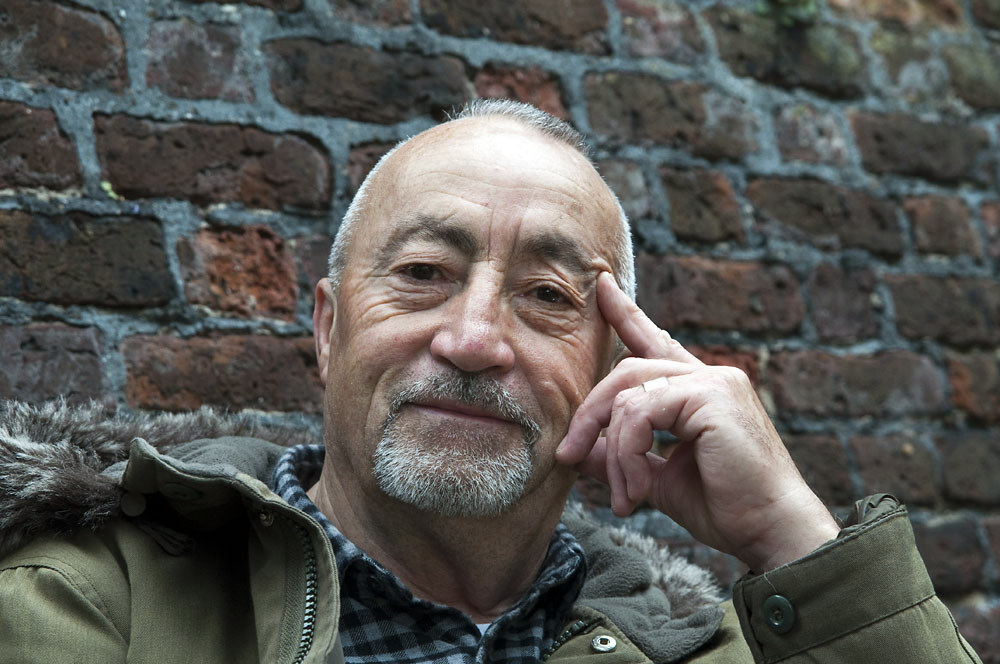 Then & Now
Then & Now
DATE: 21 March 2014
CONNECTION WITH QE: Inmate 1956-63
I am currently researching a project about World War 1 - and have encountered many memorials dated 1914-1919. The reason, I have been told, is that although the shooting ended in November 1918 there were still many wounded soldiers dying a year - and even more - later. It was felt that these later deaths should be included with those who died during the War.
 Then & Now
Then & NowDATE: 21 March 2014
CONNECTION WITH QE: Inmate 1956-63
I am currently researching a project about World War 1 - and have encountered many memorials dated 1914-1919. The reason, I have been told, is that although the shooting ended in November 1918 there were still many wounded soldiers dying a year - and even more - later. It was felt that these later deaths should be included with those who died during the War.
NAME: Nick Dean 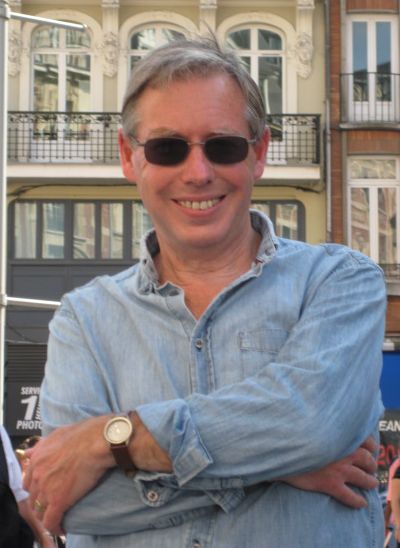
.JPG)
DATE: 22 March 2014
CONNECTION WITH QE: Pupil 1964-71
It was a recurring joke in Dad's Army that Captain Mainwaring had spent the whole of 1919 (only) in France - hence, no medals and further grist to his inferiority complex.

.JPG)
DATE: 22 March 2014
CONNECTION WITH QE: Pupil 1964-71
It was a recurring joke in Dad's Army that Captain Mainwaring had spent the whole of 1919 (only) in France - hence, no medals and further grist to his inferiority complex.
NAME: Stephen Giles 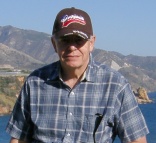
DATE: 23 March 2014
CONNECTION WITH QE: inmate 1957-64
Martin - your WW1 project sounds interesting, my Grandfather was a driver in the Royal Field Artiliery and I've always wondered what he was required to do. Having seen War Horse Live this afternoon, it made me think that perhaps he worked with horses. Like most other WW1 veterans, he never talked about it.

DATE: 23 March 2014
CONNECTION WITH QE: inmate 1957-64
Martin - your WW1 project sounds interesting, my Grandfather was a driver in the Royal Field Artiliery and I've always wondered what he was required to do. Having seen War Horse Live this afternoon, it made me think that perhaps he worked with horses. Like most other WW1 veterans, he never talked about it.
NAME: Alan Pyle 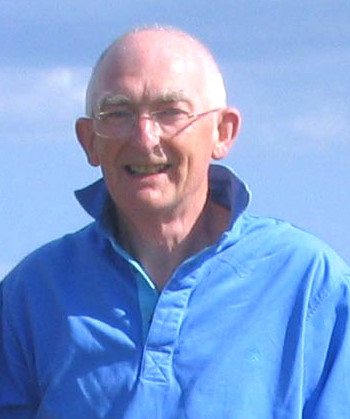
DATE: 23 March 2014
CONNECTION WITH QE: Pupil 1948-1953
My grandfather was also a driver for the Artillery in WW1. In a letter to his wife he said not to worry as driving wagons full of live shells up to the front would mean he would not know anything if the wagon was hit. He was invalided out in 1916. I have a souvenir needlework of patterned flags of the Allies around a photograph of him in his number 1 uniform. I believe he made it as one of the hospital occupational therapy exercises. Like my other grandfather also in that War he survived but very sick and died young.

DATE: 23 March 2014
CONNECTION WITH QE: Pupil 1948-1953
My grandfather was also a driver for the Artillery in WW1. In a letter to his wife he said not to worry as driving wagons full of live shells up to the front would mean he would not know anything if the wagon was hit. He was invalided out in 1916. I have a souvenir needlework of patterned flags of the Allies around a photograph of him in his number 1 uniform. I believe he made it as one of the hospital occupational therapy exercises. Like my other grandfather also in that War he survived but very sick and died young.
NAME: James (Jas) Cowen 
.jpg) Then & Now
Then & Now
DATE: 30 March 2014
CONNECTION WITH QE: pupil 56-63
Thanks for all your replies to my reply 9, regarding WW1 1914-18 or 1914-19? I find them all informative and interesting. Particularly intriguing is that Martyn is doing a project about WW1. I am currently on holiday on the IOW and note that Sandown War Memorial has 1914-18 with the names and ranks/occupations of the dead forces personnel (army, navy and other) listed down. Perhaps none from Sandown fought in 1919 or died of earlier wounds. Whilst in Welwyn Garden City last weekend I saw that memorial also said 1914-18 and whilst in Devon at Rewe near Exeter on the previous Saturday I saw that memorial said 1914-19 but with no lists of personnel by rank. I am away from home in Shanklin Library so do not currently have access to my father's WW1 medals from being a signalman in the Royal Navy but I think they said 1914-18. I will check on my return home.
In respect of so many programmes on TV commemorating WW1 I have not learnt much I did not know but it has been a reminder of the horrors of the warfare and a change from the more usual WW2 programmes. I am not surprised surviving combatants did not want to talk about it partly for that reason and in some cases out of guilt they got through it whilst so many did not. I only learnt of my Dad's bad experiences from my cousin Alan Mansfield, who learnt about them from my aunt on my Dad's side, his mum, my Auntie Maud. Even then, I only have limited knowledge. Some time I hope to research on one of the ancestor search sites' naval records of ships hit by a German torpedo. One thing that remained with my Dad was hatred of anything German. I hope, if he was still alive, he could have reconciled with my eldest son Paul marrying a Japanese lady and having two children with her, my grandchildren Wendy and Michael.

.jpg) Then & Now
Then & NowDATE: 30 March 2014
CONNECTION WITH QE: pupil 56-63
Thanks for all your replies to my reply 9, regarding WW1 1914-18 or 1914-19? I find them all informative and interesting. Particularly intriguing is that Martyn is doing a project about WW1. I am currently on holiday on the IOW and note that Sandown War Memorial has 1914-18 with the names and ranks/occupations of the dead forces personnel (army, navy and other) listed down. Perhaps none from Sandown fought in 1919 or died of earlier wounds. Whilst in Welwyn Garden City last weekend I saw that memorial also said 1914-18 and whilst in Devon at Rewe near Exeter on the previous Saturday I saw that memorial said 1914-19 but with no lists of personnel by rank. I am away from home in Shanklin Library so do not currently have access to my father's WW1 medals from being a signalman in the Royal Navy but I think they said 1914-18. I will check on my return home.
In respect of so many programmes on TV commemorating WW1 I have not learnt much I did not know but it has been a reminder of the horrors of the warfare and a change from the more usual WW2 programmes. I am not surprised surviving combatants did not want to talk about it partly for that reason and in some cases out of guilt they got through it whilst so many did not. I only learnt of my Dad's bad experiences from my cousin Alan Mansfield, who learnt about them from my aunt on my Dad's side, his mum, my Auntie Maud. Even then, I only have limited knowledge. Some time I hope to research on one of the ancestor search sites' naval records of ships hit by a German torpedo. One thing that remained with my Dad was hatred of anything German. I hope, if he was still alive, he could have reconciled with my eldest son Paul marrying a Japanese lady and having two children with her, my grandchildren Wendy and Michael.
NAME: Martyn Day  Then & Now
Then & Now
DATE: 31 March 2014
CONNECTION WITH QE: Inmate 1956-63
Let me tell you something about this project that I am working on [see reply 11]. A few years ago I did some research into the 84 names on the WW1 Roll of Honour in our local church. Not surprisingly many of the men named lived in the immediate neighbourhood. The first part of the project is a 'War Walk' around the area, visiting the homes of these local heroes. The families now living in their houses will tell us something about the former residents, what they did, where they were killed and where they are now buried. The 'War Walk' will finish in our local cemetery where nearly 30 men wounded in the War, sent home for medical treatment and then died, are now buried. The second part of the project is an evening of Poems and Parodies, featuring soldiers' songs and poetry of the period, performed by local people. Dying for your country doesn't make you a hero and as war poet Wilfred Owen observed, it doesn't offer glory or honour either; but who can imagine what courage it must have taken to face death every day in the horror of the trenches? Whatever else we may say about them it is undeniable my former neighbours were remarkably brave men. So, when we walk the same streets that they once walked, past the houses that they once lived in, we will remember them ...
 Then & Now
Then & NowDATE: 31 March 2014
CONNECTION WITH QE: Inmate 1956-63
Let me tell you something about this project that I am working on [see reply 11]. A few years ago I did some research into the 84 names on the WW1 Roll of Honour in our local church. Not surprisingly many of the men named lived in the immediate neighbourhood. The first part of the project is a 'War Walk' around the area, visiting the homes of these local heroes. The families now living in their houses will tell us something about the former residents, what they did, where they were killed and where they are now buried. The 'War Walk' will finish in our local cemetery where nearly 30 men wounded in the War, sent home for medical treatment and then died, are now buried. The second part of the project is an evening of Poems and Parodies, featuring soldiers' songs and poetry of the period, performed by local people. Dying for your country doesn't make you a hero and as war poet Wilfred Owen observed, it doesn't offer glory or honour either; but who can imagine what courage it must have taken to face death every day in the horror of the trenches? Whatever else we may say about them it is undeniable my former neighbours were remarkably brave men. So, when we walk the same streets that they once walked, past the houses that they once lived in, we will remember them ...
Here dead we lie
Because we did not choose
To live and shame the land
From which we sprung.
Life, to be sure,
Is nothing much to lose,
But young men think it is,
And we were young.
A.E. Houseman
NAME: James (Jas) Cowen 
.jpg) Then & Now
Then & Now
DATE: 03 April 2014
CONNECTION WITH QE: pupil 56-63
This all sounds very noble and worthwhile, Martyn. Where I live, in Ludgershall, and in the Andover area, there have been complaints in the local press (The Andover Advertiser) about how little has been planned so far and finalised in regard to commemorations. Besides the annual Armistice ceremonies the last concrete action was in the script of the 2000 play in Ludgershall Castle celebrating the new millennium, in which I had four different roles including a railway navvy, medieval gamekeeper, a village dancer and a soldier. The names of all those on the Ludgershall war memorial were read out with a bugle sounding before and a vote of thanks after for their sacrifice for our nation and our village.

.jpg) Then & Now
Then & NowDATE: 03 April 2014
CONNECTION WITH QE: pupil 56-63
This all sounds very noble and worthwhile, Martyn. Where I live, in Ludgershall, and in the Andover area, there have been complaints in the local press (The Andover Advertiser) about how little has been planned so far and finalised in regard to commemorations. Besides the annual Armistice ceremonies the last concrete action was in the script of the 2000 play in Ludgershall Castle celebrating the new millennium, in which I had four different roles including a railway navvy, medieval gamekeeper, a village dancer and a soldier. The names of all those on the Ludgershall war memorial were read out with a bugle sounding before and a vote of thanks after for their sacrifice for our nation and our village.
NAME: James (Jas) Cowen 
.jpg) Then & Now
Then & Now
DATE: 01 May 2014
CONNECTION WITH QE: pupil 56-63
Further to my 15th reply I have now looked at my Dad's medals in connection with WW1. There are three medals. One is marked with the dates 1914-18. Another says, as related by Paul in reply 10, 'The Great War for Civilisation 1914-19'. The 3rd medal is undated with a naval vessel on the rear.

.jpg) Then & Now
Then & NowDATE: 01 May 2014
CONNECTION WITH QE: pupil 56-63
Further to my 15th reply I have now looked at my Dad's medals in connection with WW1. There are three medals. One is marked with the dates 1914-18. Another says, as related by Paul in reply 10, 'The Great War for Civilisation 1914-19'. The 3rd medal is undated with a naval vessel on the rear.
NAME: James (Jas) Cowen 
.jpg) Then & Now
Then & Now
DATE: 10 July 2014
CONNECTION WITH QE: pupil 56-63
In connection with memorials for the First World War I continue to look at dates on them as I observe them. In addition to this I was intrigued by an article in last week's Andover Advertiser on Andover's war memorial. Apparently the memorial goes further than 1914-19 in dates and has the dates 1914-1920. I quote from part of the article: "The dates simply reflect the years in which the town suffered casualties directly attributable to the war, the final man to die being Captain Frederick Owen Maynard of the Army Veterinary Corps, who succumbed to the effects of malaria in Egypt on 12 January 1920." There were also others who died in 1920, who are not recorded on the memorial. The article also states that the dates 1914-1920 are thought to make it unique among UK memorials. In respect of the Second World War I have not seen any extension of dates beyond 1939- 1945, though I expect some did die of war injuries after those dates.
I have recently been in Derbyshire with my wife and have appreciated the well dressings in villages, which amongst other subjects have commemorated the sacrifices in their floral memorials. In Andover around the town and outskirts there are lovely beds of red poppies, sometimes interspersed with other white and blue flowers. Ludgershall memorial flowerbeds and our rose garden also have well planted red, white and blue flower beds, much admired by residents.

.jpg) Then & Now
Then & NowDATE: 10 July 2014
CONNECTION WITH QE: pupil 56-63
In connection with memorials for the First World War I continue to look at dates on them as I observe them. In addition to this I was intrigued by an article in last week's Andover Advertiser on Andover's war memorial. Apparently the memorial goes further than 1914-19 in dates and has the dates 1914-1920. I quote from part of the article: "The dates simply reflect the years in which the town suffered casualties directly attributable to the war, the final man to die being Captain Frederick Owen Maynard of the Army Veterinary Corps, who succumbed to the effects of malaria in Egypt on 12 January 1920." There were also others who died in 1920, who are not recorded on the memorial. The article also states that the dates 1914-1920 are thought to make it unique among UK memorials. In respect of the Second World War I have not seen any extension of dates beyond 1939- 1945, though I expect some did die of war injuries after those dates.
I have recently been in Derbyshire with my wife and have appreciated the well dressings in villages, which amongst other subjects have commemorated the sacrifices in their floral memorials. In Andover around the town and outskirts there are lovely beds of red poppies, sometimes interspersed with other white and blue flowers. Ludgershall memorial flowerbeds and our rose garden also have well planted red, white and blue flower beds, much admired by residents.
NAME: Vic Coughtrey 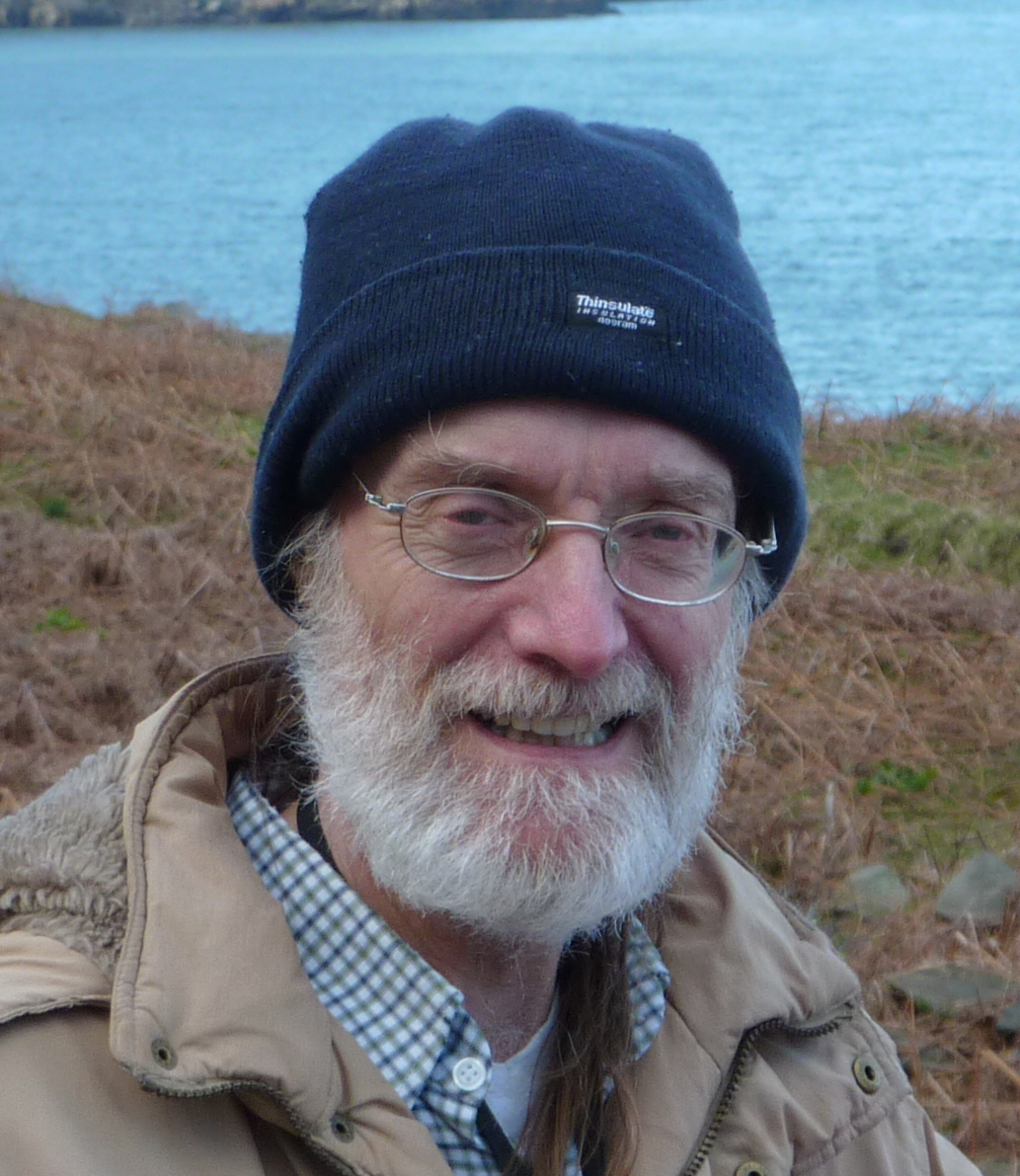 Then & Now
Then & Now
DATE: 10 July 2014
CONNECTION WITH QE: Pupil 1954-59
The phrase 'directly attributable to the war' from the quote in Jas's reply 19 is interesting. When I was involved in work with society's 'can't-copers & no-hopers' as social workers at the time were wont to call them, it was already over 20 years since the end of the Second World War, yet we in that field of work knew that many deaths from suicide, alcoholism, self-neglect and even murder were still directly attributable to battlefield experiences. In those days it was war, not the state of the economy that bore the largest part of resoponsibility for homelessness and despair. And of course, to this day, the debate about our neglect of the veterans of the Falklands, N.Ireland, Iraq, Afghanistan continues.
 Then & Now
Then & NowDATE: 10 July 2014
CONNECTION WITH QE: Pupil 1954-59
The phrase 'directly attributable to the war' from the quote in Jas's reply 19 is interesting. When I was involved in work with society's 'can't-copers & no-hopers' as social workers at the time were wont to call them, it was already over 20 years since the end of the Second World War, yet we in that field of work knew that many deaths from suicide, alcoholism, self-neglect and even murder were still directly attributable to battlefield experiences. In those days it was war, not the state of the economy that bore the largest part of resoponsibility for homelessness and despair. And of course, to this day, the debate about our neglect of the veterans of the Falklands, N.Ireland, Iraq, Afghanistan continues.
Back to top
Add reply
All threads
Threads post-2012